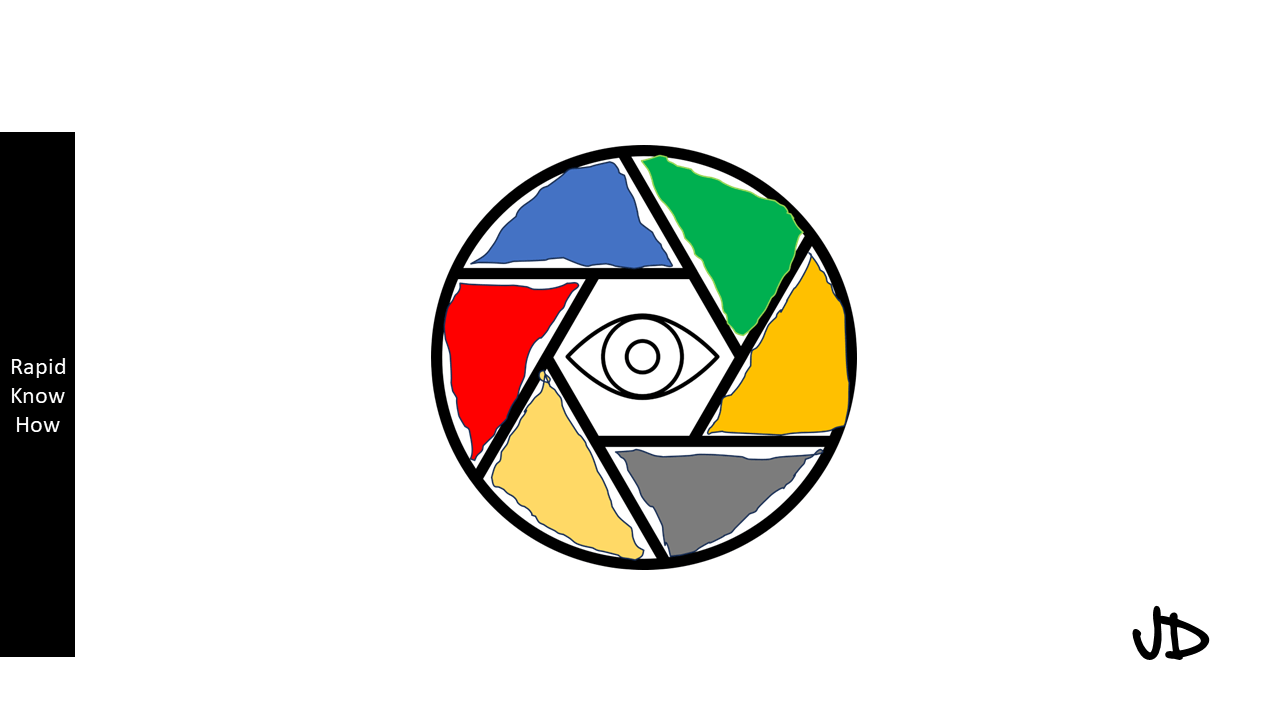Introduction
The term “hacking” often conjures images of shadowy figures hunched over keyboards, infiltrating computer systems with malicious intent. However, in the context of this article, “hacking a human” refers to understanding and influencing human behavior for positive outcomes. This process involves leveraging psychological principles and techniques to encourage desired behaviors or responses. The basic anatomy of hacking a human consists of setting a clear goal and following specific steps.
Goal
The primary goal of hacking a human is to influence their behavior or decision-making process. This could be for various purposes, such as encouraging healthier habits, improving productivity, fostering better relationships, or persuading someone to adopt a particular viewpoint. It’s essential that this goal is ethical and respects the individual’s autonomy.
Steps to Hack a Human
1. Understand the Target: The first step in hacking a human is understanding them. This involves studying their behaviors, preferences, beliefs, and motivations. Tools like personality tests or behavioral analysis can be useful in this stage.
2. Establish Rapport: Building trust and rapport is crucial for influencing someone’s behavior. This can be achieved through active listening, empathy, and demonstrating understanding and respect for their perspectives.
3. Leverage Persuasion Techniques: Once rapport is established, you can start using persuasion techniques. These could include the principle of reciprocity (people are more likely to give when they receive), social proof (people are influenced by what others do), or scarcity (people value things more when they’re scarce).
4. Use Positive Reinforcement: Rewarding desired behaviors can reinforce them and make them more likely to occur in the future. This could involve verbal praise, recognition, or tangible rewards.
5. Monitor Progress: Keep track of changes in behavior or attitudes to assess the effectiveness of your approach and make necessary adjustments.
6. Maintain Ethical Standards: It’s crucial to respect the individual’s autonomy throughout this process and ensure your influence doesn’t harm them physically or psychologically.
Conclusion
Hacking a human isn’t about manipulation or control; it’s about understanding human psychology and using that knowledge to foster positive change. By setting clear goals and following these steps, you can effectively influence behavior while maintaining ethical standards.
Remember that every individual is unique; what works for one person may not work for another. Therefore, it’s important to continually learn about human behavior and adapt your approach accordingly. With patience and practice, you can become proficient at hacking humans for the betterment of yourself and others around you.
